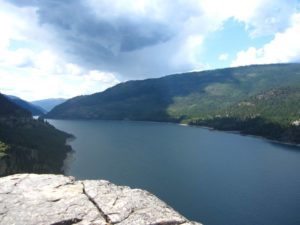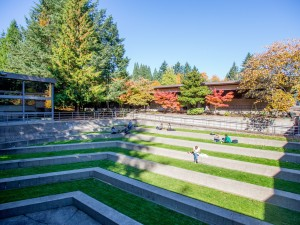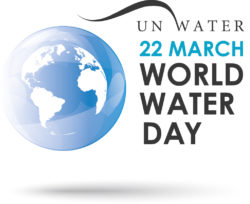Oregon Law Prohibiting Motorized Mining in Salmonid Habitat Is Not Preempted by Federal Law

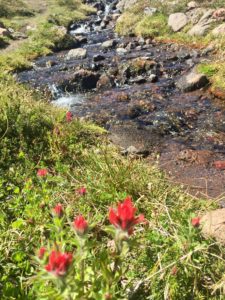 In 2013, the Oregon legislature adopted Senate Bill 838, which imposed a five year moratorium on motorized mining techniques in rivers and streams designated as essential salmon habitat.[1] A group of mining companies, a mining district, and individual miners with mining claims on federal lands in Oregon who use motorized mining techniques called “suction dredge mining” sued the State of Oregon.[2]
In 2013, the Oregon legislature adopted Senate Bill 838, which imposed a five year moratorium on motorized mining techniques in rivers and streams designated as essential salmon habitat.[1] A group of mining companies, a mining district, and individual miners with mining claims on federal lands in Oregon who use motorized mining techniques called “suction dredge mining” sued the State of Oregon.[2]
While the litigation progressed, the Oregon legislature passed Senate Bill 3, which repealed Senate Bill 838; however, the litigation continued as a challenge to Senate Bill 3. Senate Bill 3 imposes a permanent restriction on the use of motorized mining equipment in waters classified as “essential anadromous salmonid habitat,” which is defined as “the habitat that is necessary to prevent the depletion of indigenous and anadromous salmonid species during their life history stages of spawning and rearing.”[3] The restriction in Senate Bill 3 only applies within rivers and streams and does not extend onto the banks of the waterways.[4]
Bureau of Land Management regulations issued under the Federal Land Policy and Management Act require mining operators comply with applicable state environmental laws that do not conflict with federal law.[5] The regulations also state there is no conflict between state and federal law when the state law requires a higher standard of protection for public lands than does the federal law.[6]
While “reasonable environmental regulation” may be imposed by state law on federal lands, the miners argued Senate Bill 3 is preempted by federal law because it is: (1) a state land use planning law, not an environmental regulation; (2) “prohibitory, not regulatory, in its fundamental character;” and (3) not a reasonable environmental regulation.[7] The miners asserted Senate Bill 3 is a land use planning law rather than environmental regulation because it prohibits a specific use of the land in particular zones.[8]
The District Court of Oregon’s grant of Summary Judgment in favor of the State of Oregon was appealed and heard by a panel of the Ninth Circuit Court of Appeals. The Court determined the Federal Mining and Minerals Policy Act of 1970 declared that a policy of the U.S. is to develop an “economically sound and stable domestic mining” industry, but subject to “environmental needs.”[9] The Court ruled Senate Bill 3 is an environmental regulation, not a land use planning law, and it has a specific environmental purpose: to protect sensitive fish habitat.[10] Additionally, the Court found Senate Bill 3 is not a prohibitory regulation that violates federal law because it does not completely prohibit all mining activities on federal lands.[11] Finally, the Court found Senate Bill 3 reasonably restricted mining activities in waters on federal land to protect essential salmonid habitat because it only regulated certain types of mining and in certain waters.[12]
Judge Smith dissented from the majority opinion, asserting that Senate Bill 3 is a land use regulation since it “does not identify an environmental standard to be achieved” and prohibits all motorized mining operations irrespective of the miner’s compliance with state and federal environmental standards, including the Endangered Species Act and Clean Water Act.[13]
Stay tuned to Schroeder Law Offices’ Water Law Blog for more news that may affect you!
[1] Bohmker v. Oregon, __ F.3d __, 5 (9th Cir. 2018).
[2] Id. at 7.
[3] Id. at 7-8 (quoting ORS 196.810(1)(g)(B)).
[4] Id. at 9, fn 2.
[5] Id. at 21-22 (citing 43 C.F.R. § 3809.3).
[6] Id.
[7] Id. at 27.
[8] Id. at 30.
[9] Id. at 17 (quoting 30 U.S.C. § 21a).
[10] Id. at 27-28.
[11] Id. at 50.
[12] Id. at 53-54.
[13] Id. at 64, 67-68.

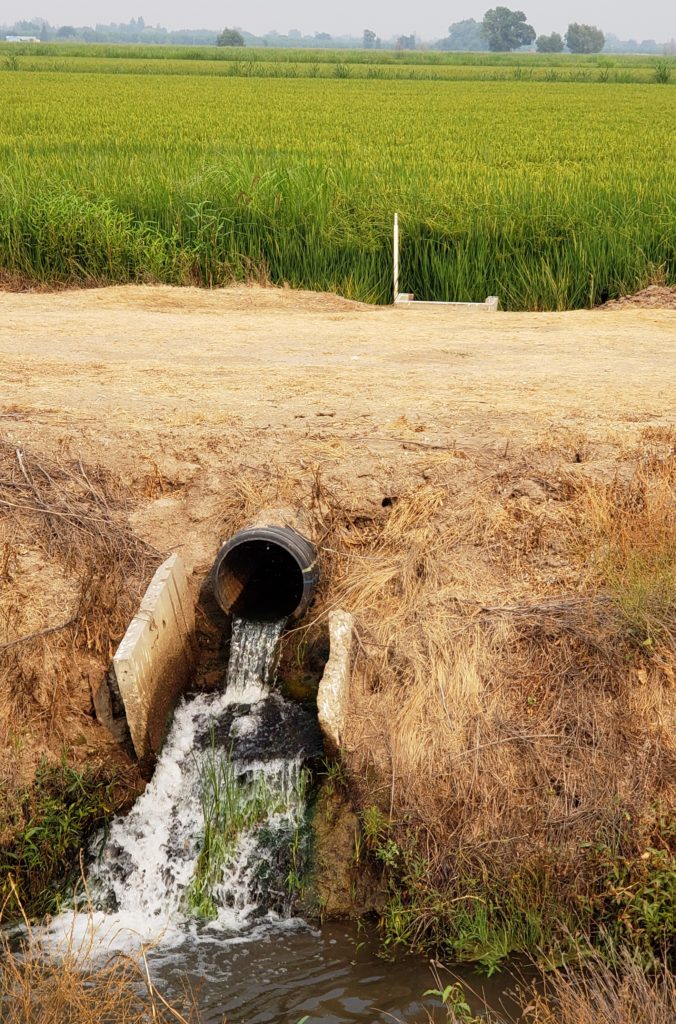

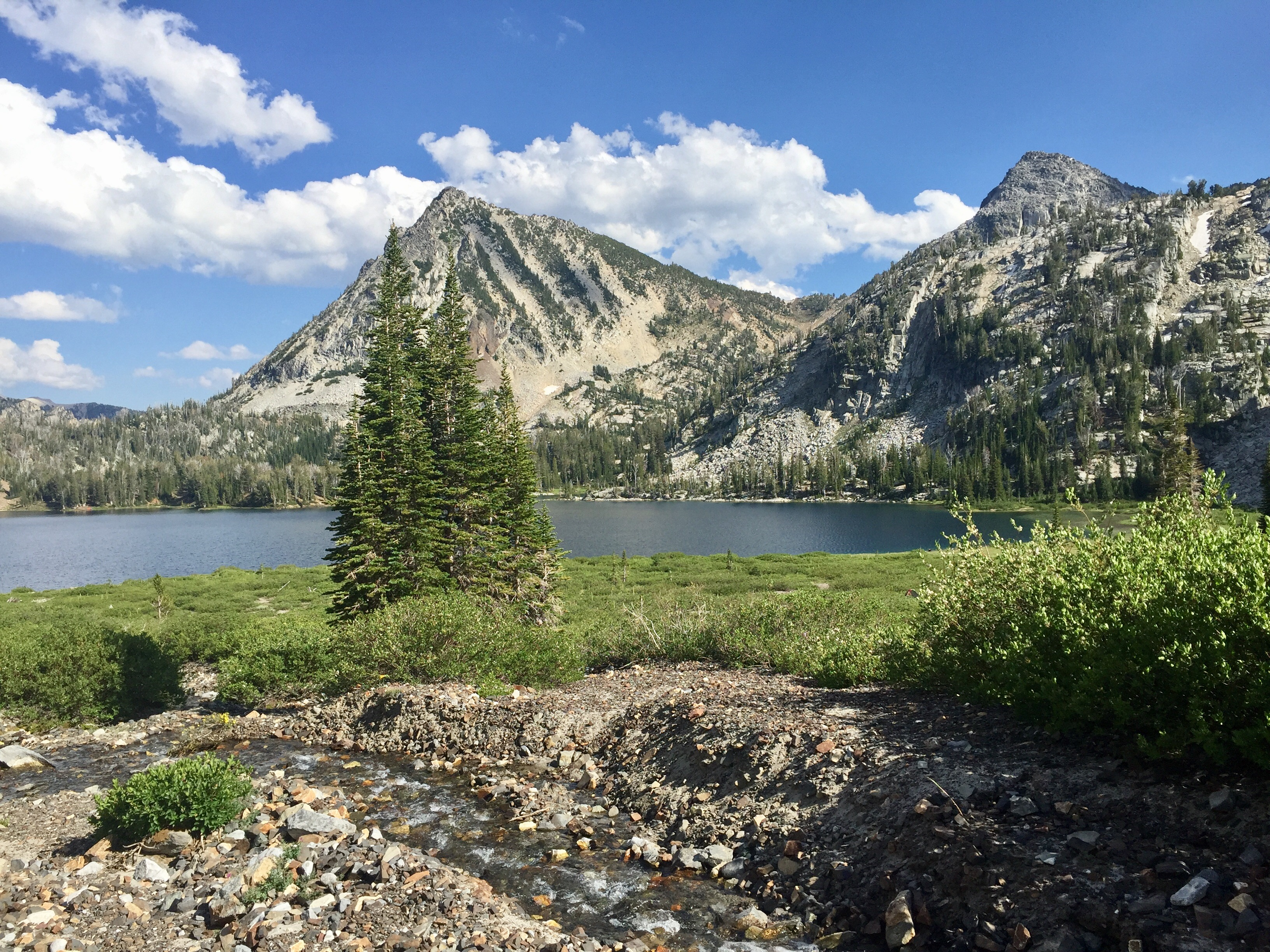

 Authored by: Valley Urricelqui
Authored by: Valley Urricelqui
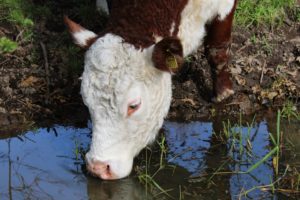




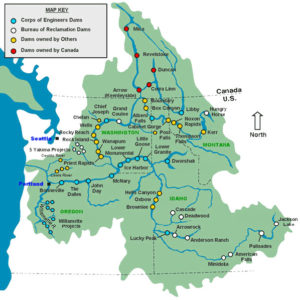

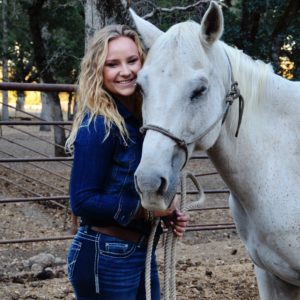

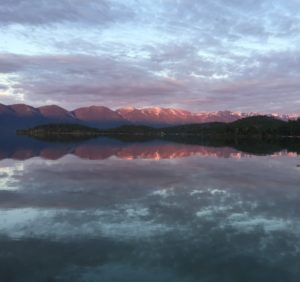




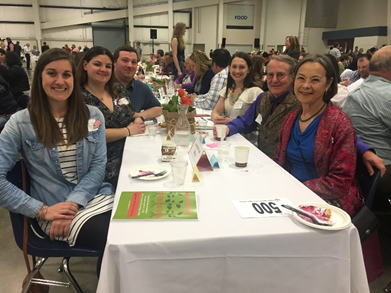

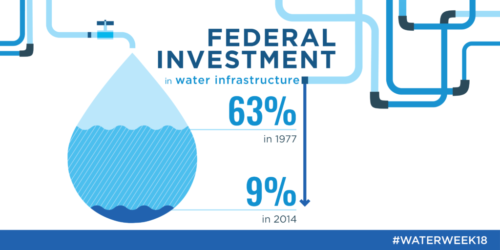 A few main events will take place during Water Week:
A few main events will take place during Water Week: 
